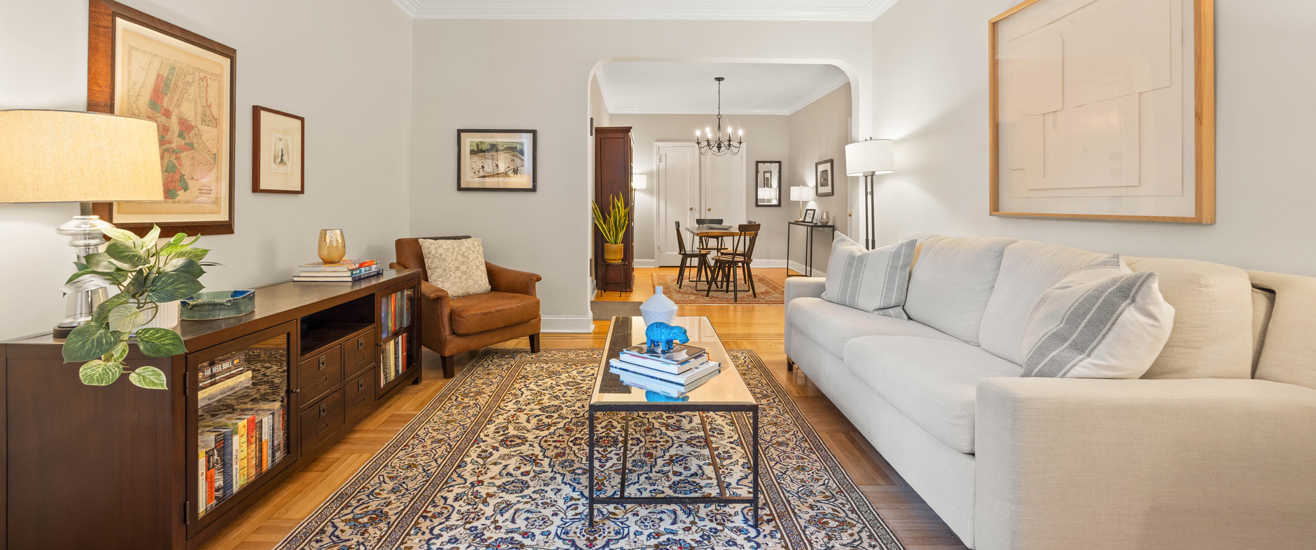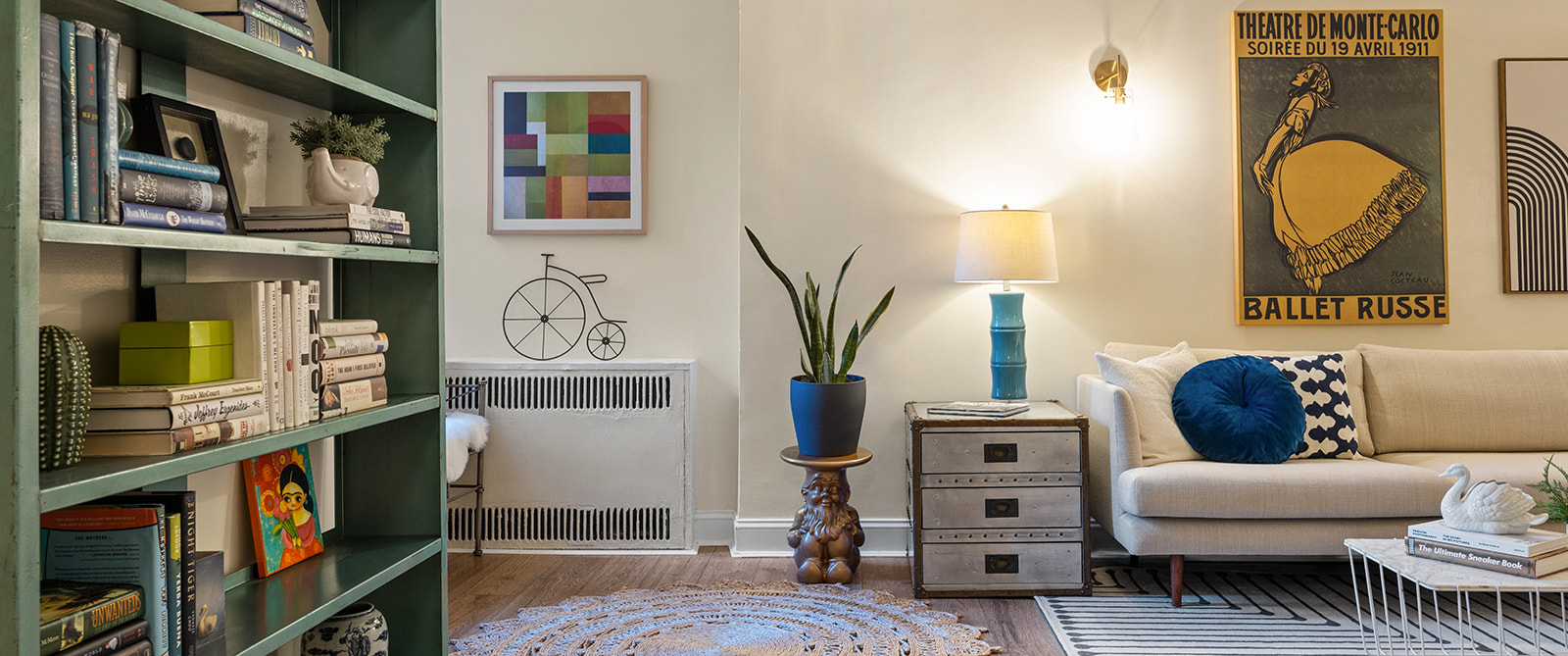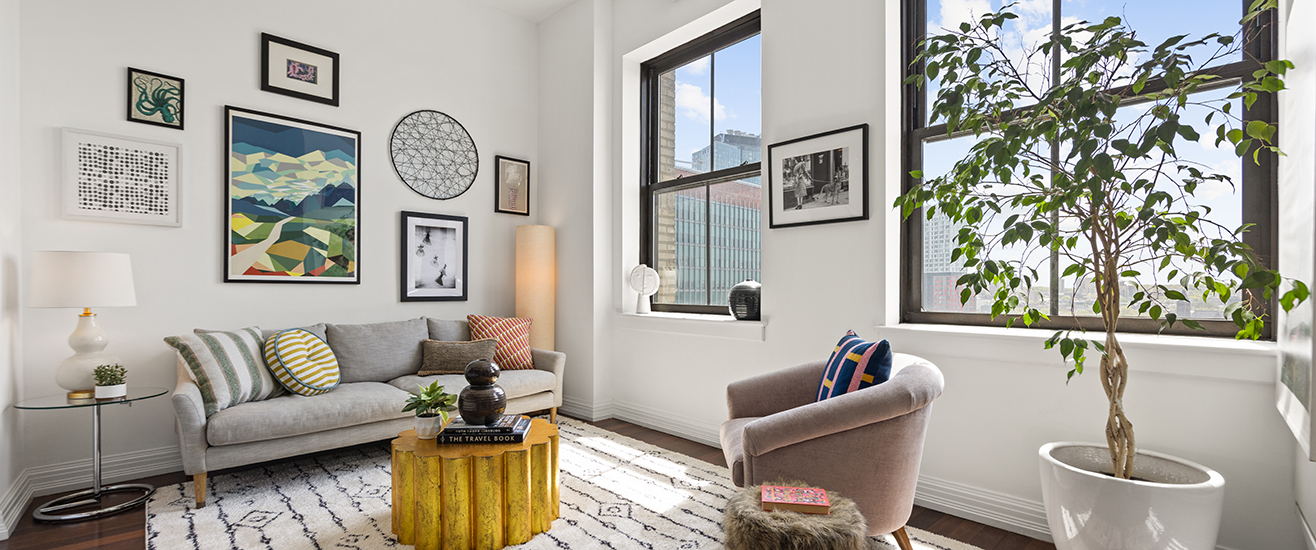
Pandemic Home Design Trends
Across the globe, and right here in Brooklyn, Covid-19 has had a huge impact on our perception of home. While planes were grounded, restaurants and entertainment venues closed, offices and schools replaced with laptops, and the coronavirus continued to spread, many of us spent more time in our homes than ever before.
What does a quarantine home look like?
IKEA recently released its annul Life at Home Report which surveyed more than 38,000 people in 37 countries, and while recent years had people looking to social media, local parks, friends’ houses and community centers to find their sense of home, this year people were forced to find satisfaction within their own four walls.
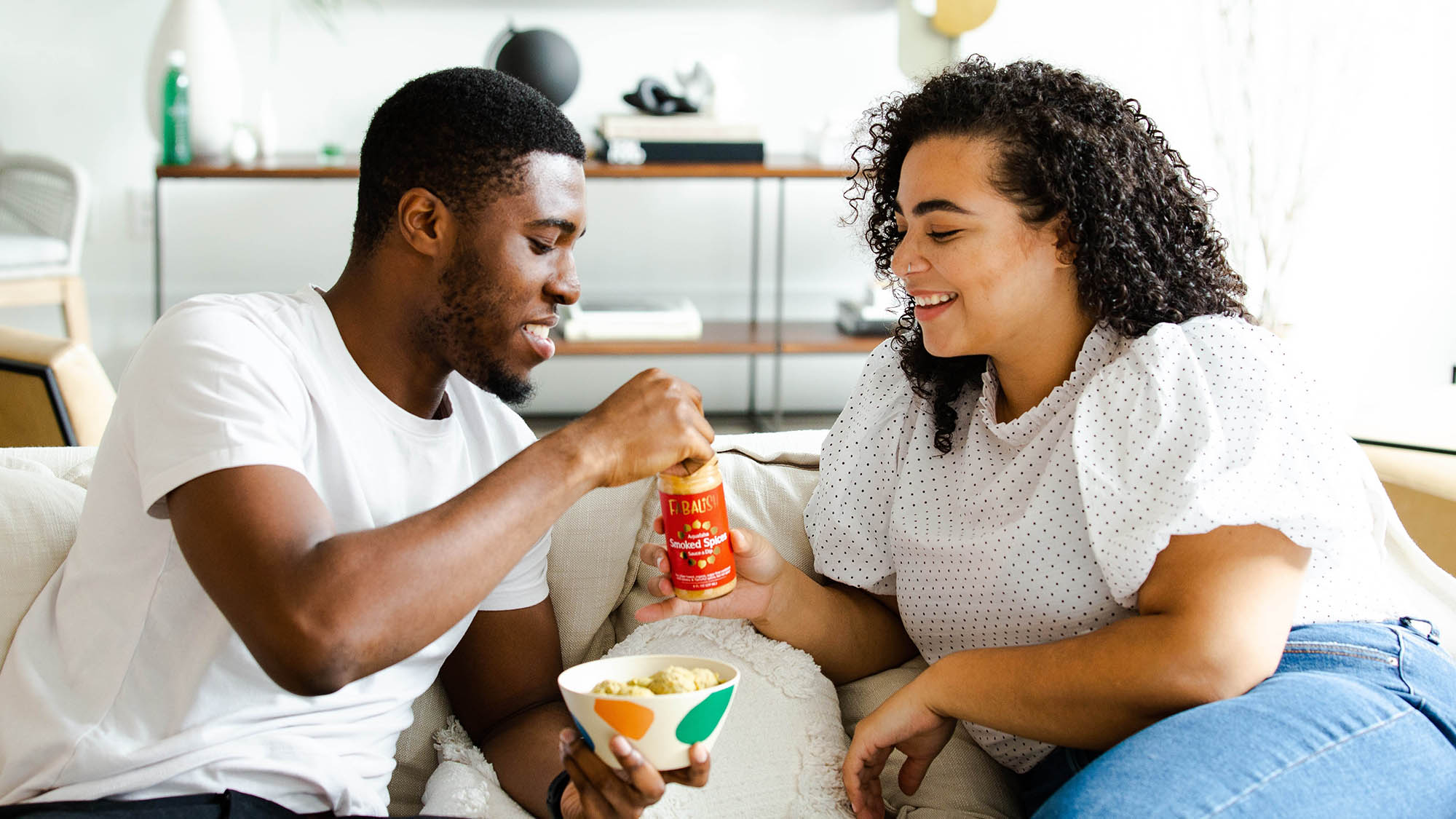
Photo by The Creative Exchange
Quality Home Time
You’ve probably found yourself spending more time with your roommate, spouse, children or pets in 2020, or with yourself, depending on if and with whom you share your living space. IKEA reported a 38% increase in eating meals with family and a 44% increase in spending time with family. Thankfully we also have a ton of virtual entertainment options and socially distant activities that allow us to stay separate, but together.
Me Time
What happens when live sporting events, concerts, movie theaters, restaurants and team sports are on hiatus? You’re forced to create your own fun. Whether that’s through reading, playing video games or board games, virtual hangouts, doing puzzles, cooking, gardening or other activities, many of us have been rediscovering me time. IKEA reported 35% of respondents wanting a private garden or some sort of outdoor space during this time, and 38% wanting a space to pursue their hobbies and interests.
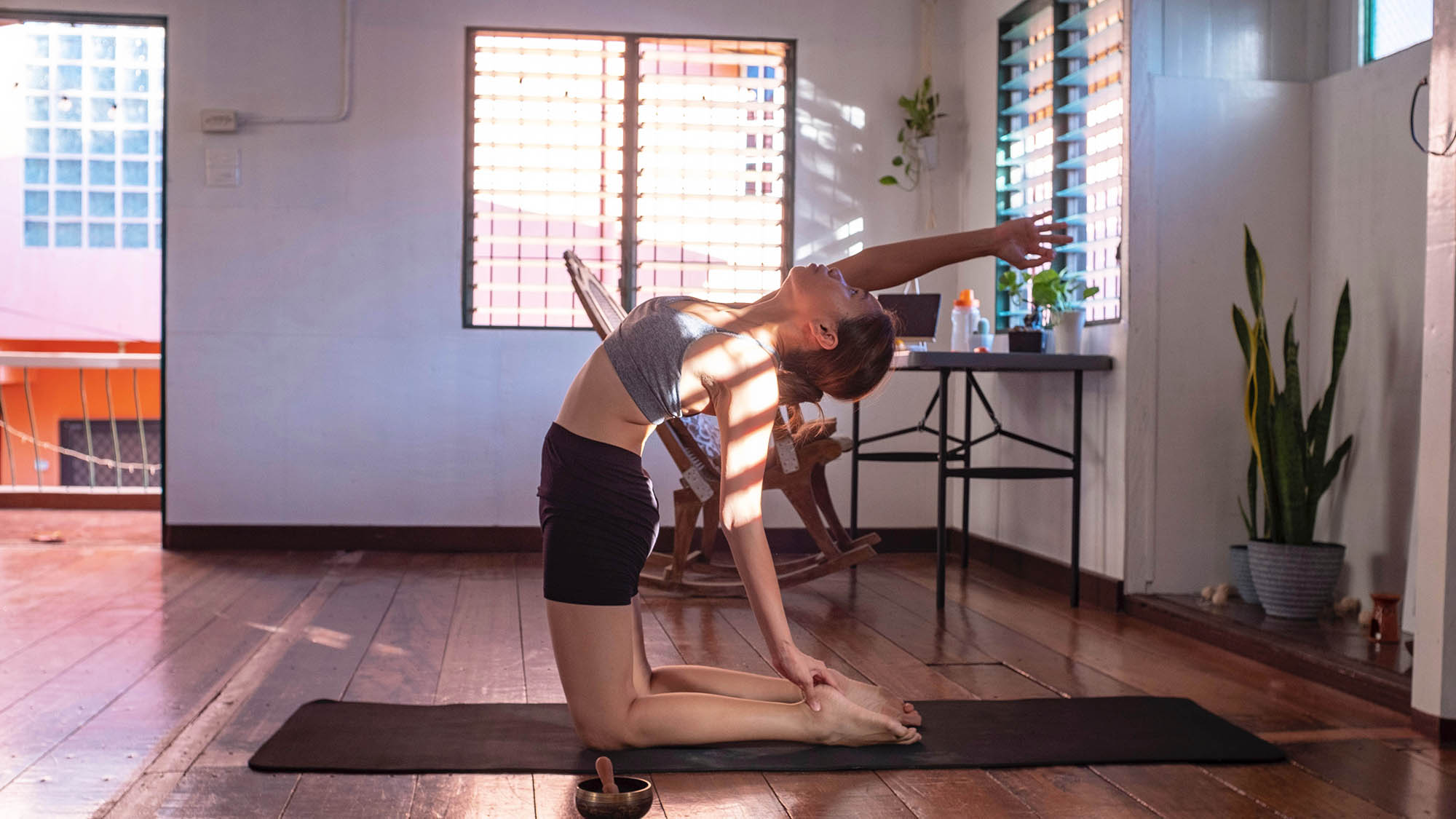
Photo by Maryjoy Caballero
Using Home In New Ways
Since the closure of so many offices and gyms, we have all had to figure out how to work from home—which is especially difficult for those who didn’t already have a home office space—and create our own safe fitness routines. In their recent Home Design Trends Survey, the American Institute of Architects reported a large increase in homeowners’ desire for flex space, office space and exercise rooms.
How will these trends inform future design?
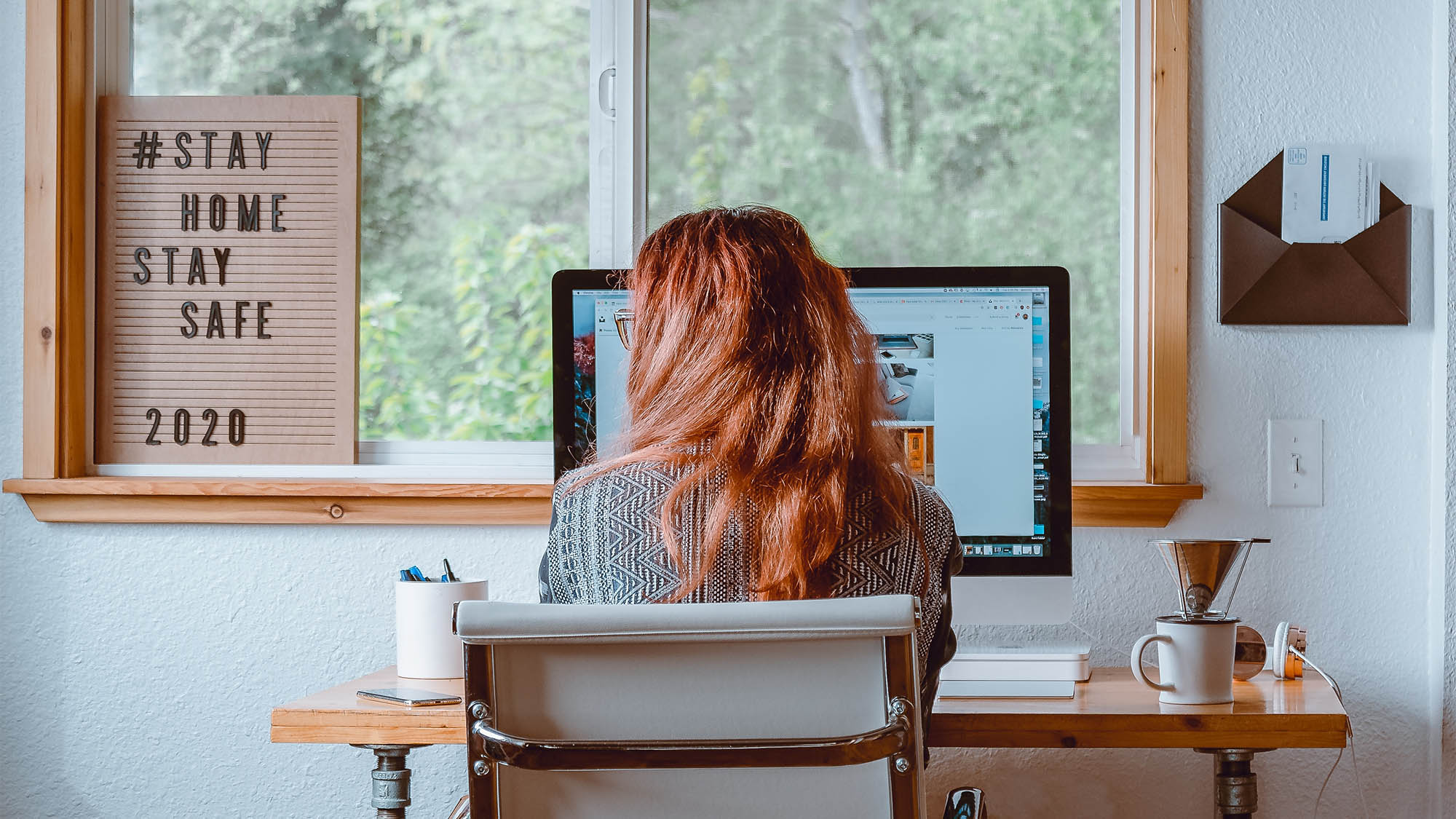
Photo by Tina Witherspoon
Multipurpose Spaces
Regardless of square footage, multipurpose spaces are on the rise. More home designers will prioritize creative uses of space as it becomes a requirement rather than just a bonus feature. Similarly, home design will evolve from rooms designated for specific functions to those that can be enjoyed in a variety of ways.
Community Centric
Perhaps more than ever, many of us have been leaning on our communities for support, whether forming learning pods, quarantine bubbles, (gently) encouraging each other to wear masks, receiving aid from food banks or volunteering to maintain some level of social normalcy. Co-working spaces and urban gardens have already been on the rise in recent years, and we are sure to see more abandoned retail spaces and underused corners of the community brought back to life.
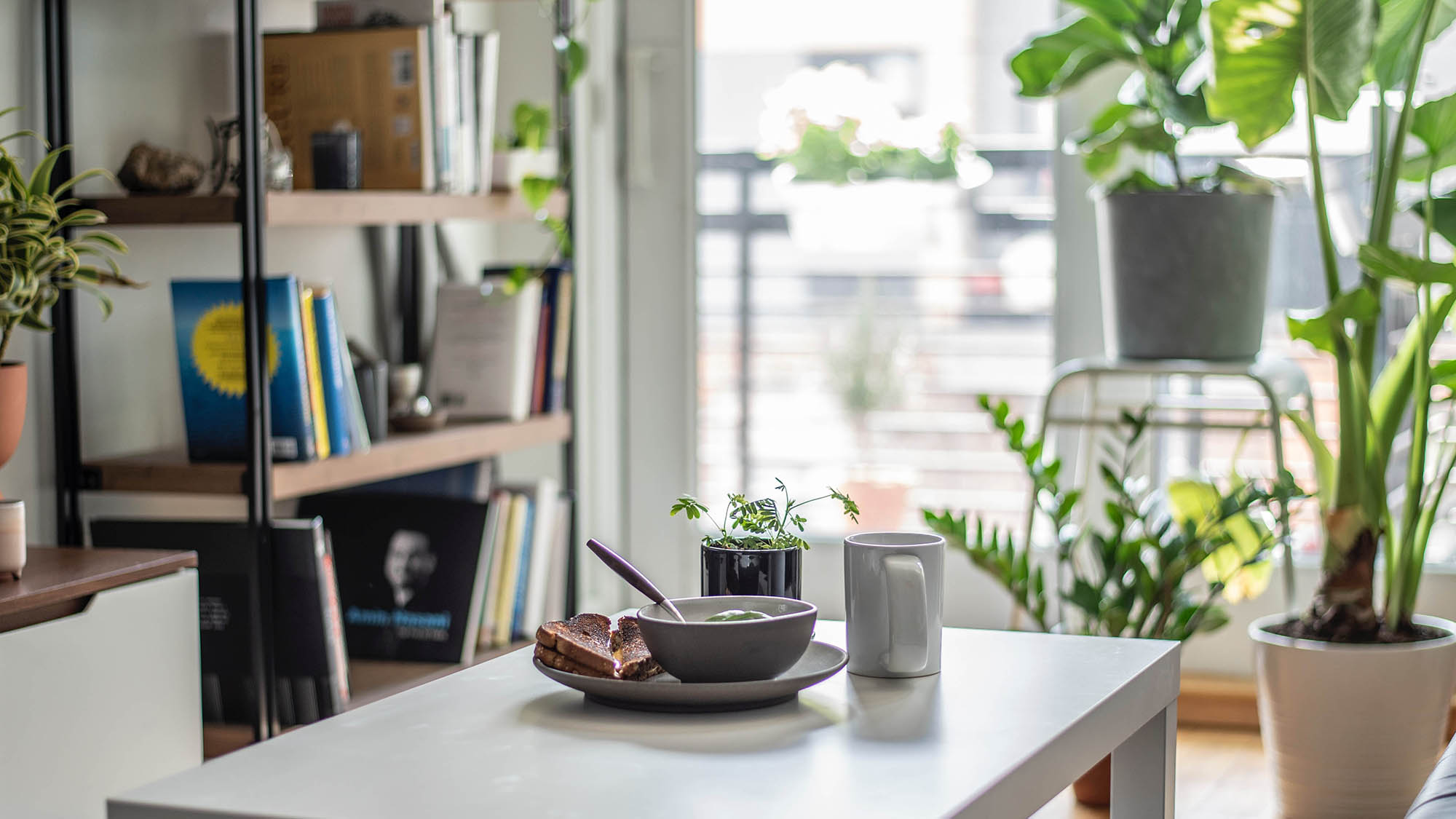
Photo by Amin Hasani
Healthy Homes
As would be expected, health and well-being have taken center stage amid the pandemic, and we will continue to see an emphasis on quality living spaces that better integrate with nature (think greener, brighter and more windows) and use materials that keep hygiene in mind. In shared living spaces, this will impact details like elevator buttons and door handles, and overall easy-to-clean smart materials will be used more and more. Because of Covid-19, air quality has already become more important in home design, and we will see this increase.
Due to geographic, economic and cultural factors, everyone has been impacted by the coronavirus in different ways, but one thing’s for sure—all of us are relying on our homes more than we did last year. We’ll all continue to make do by tweaking our living spaces, redecorating, redesigning and rediscovering corners once overlooked, until today’s needs become tomorrow’s home design trends.
